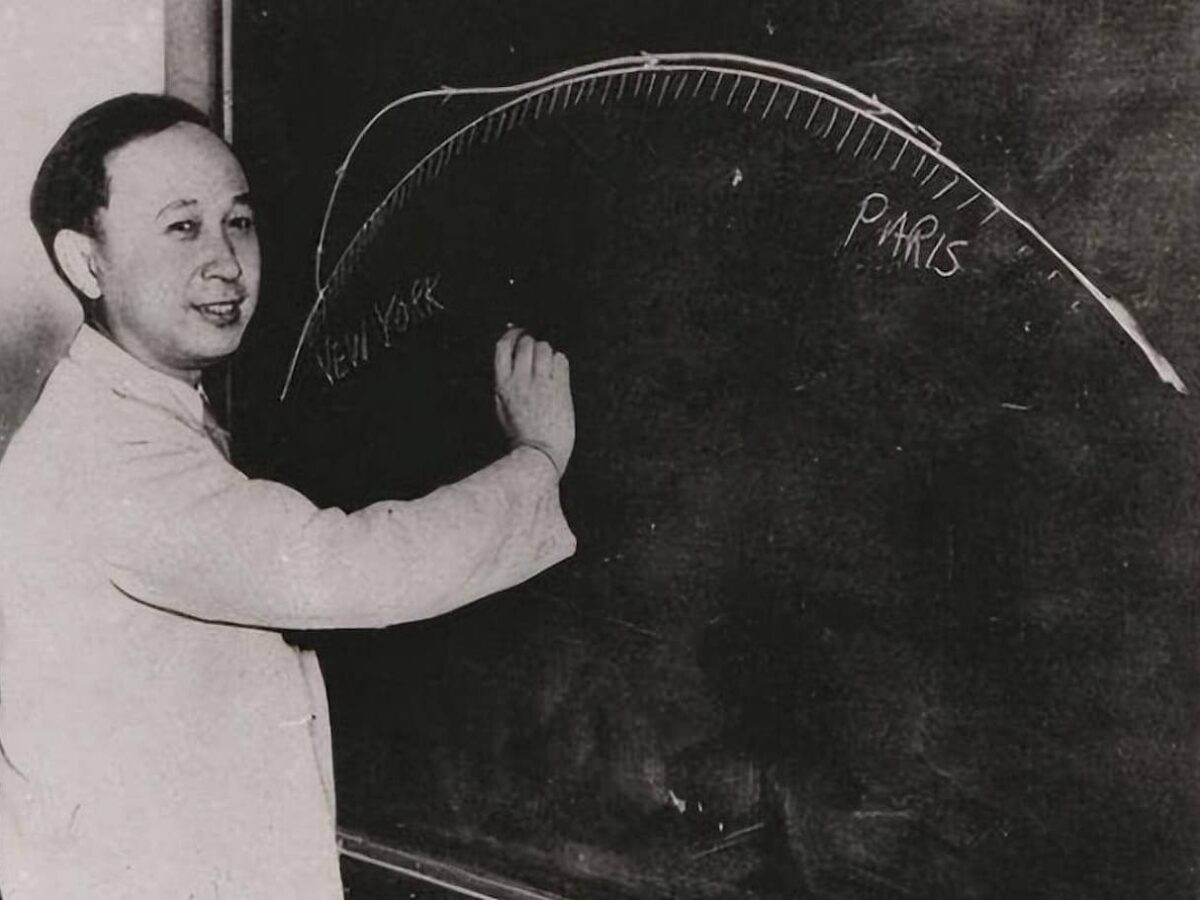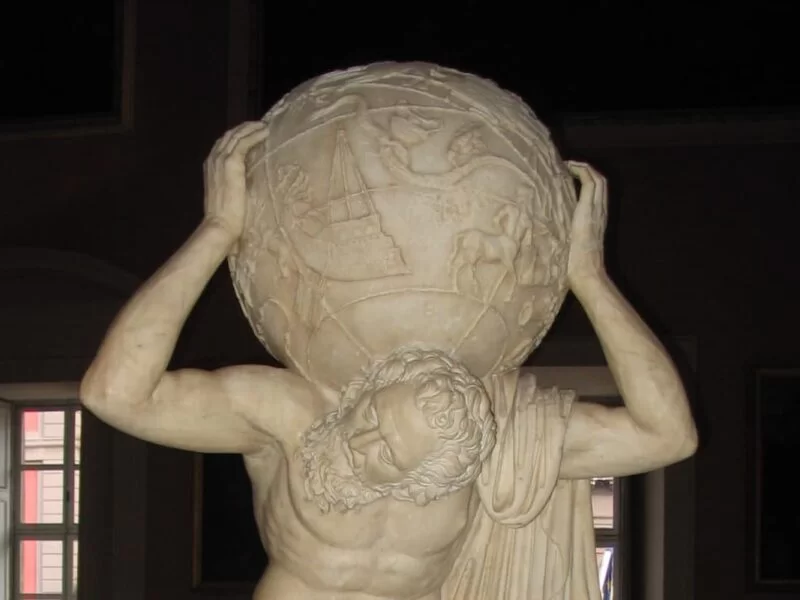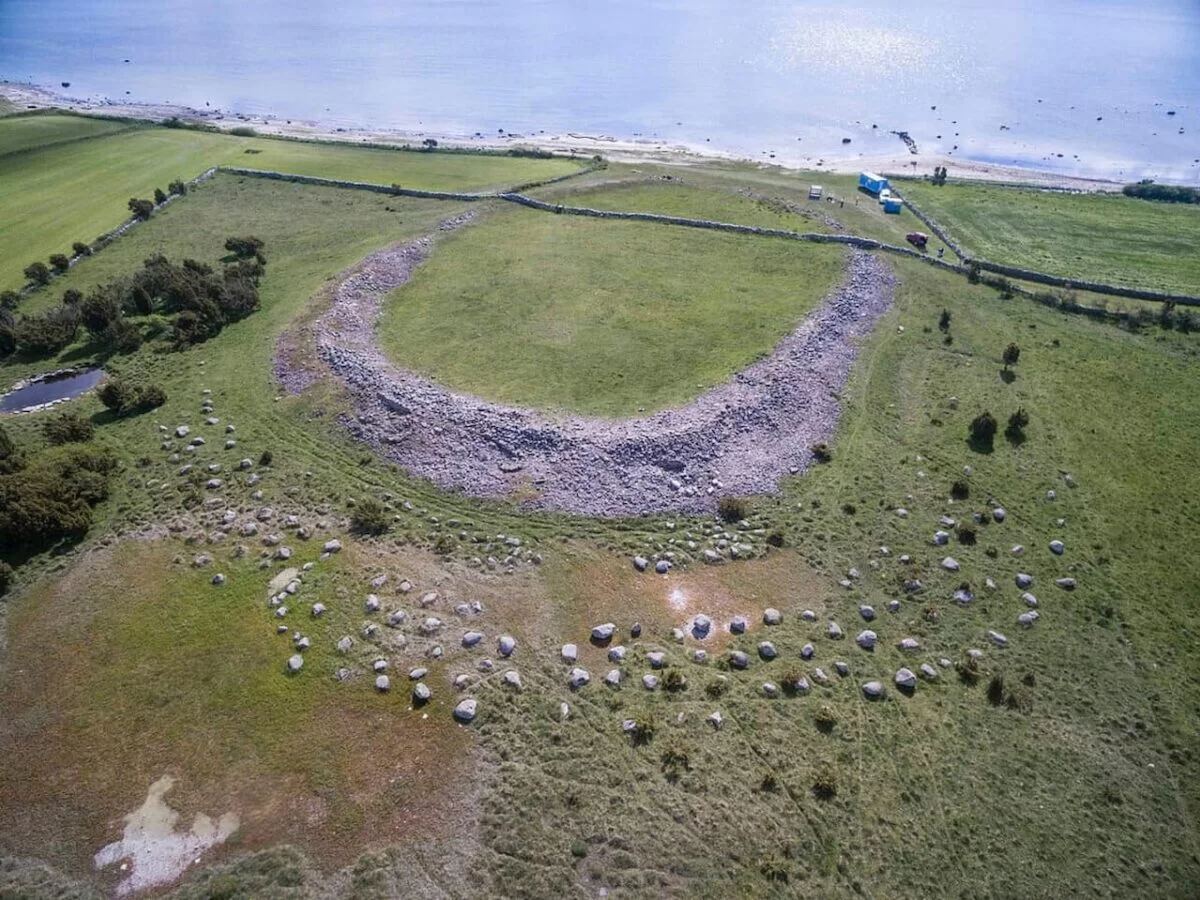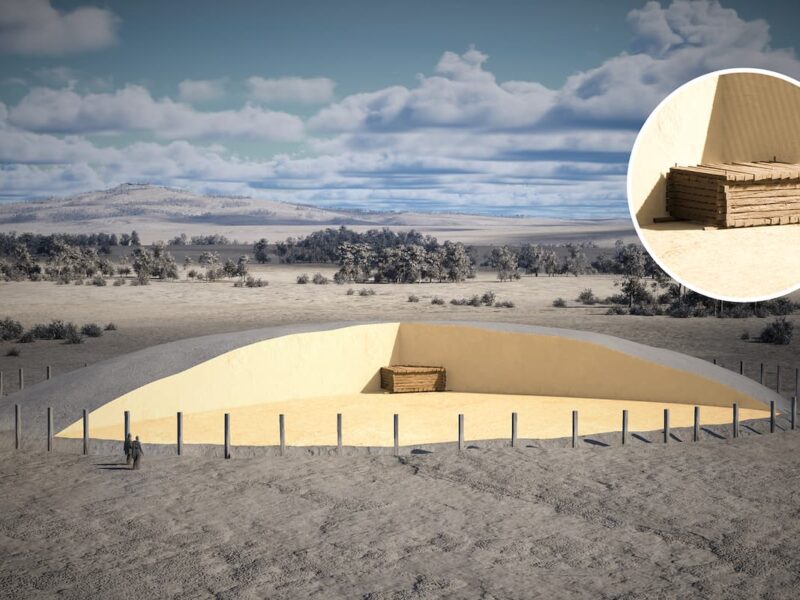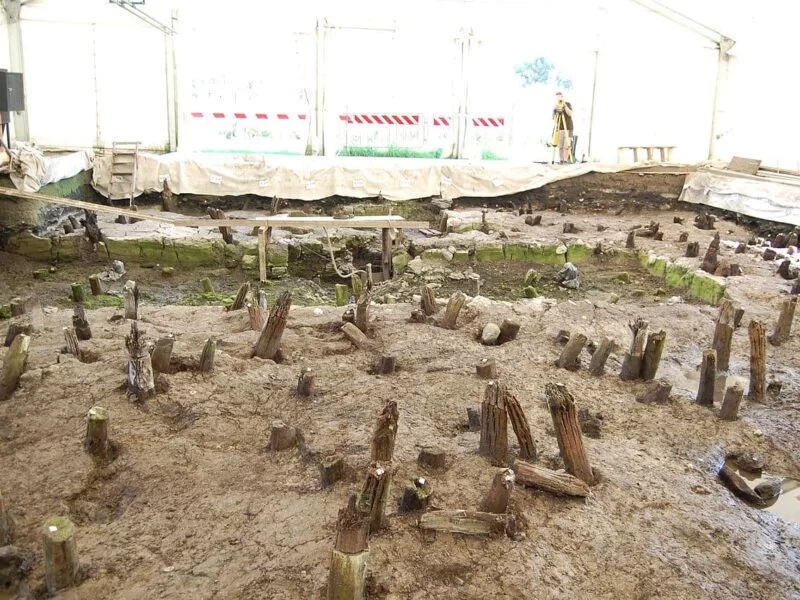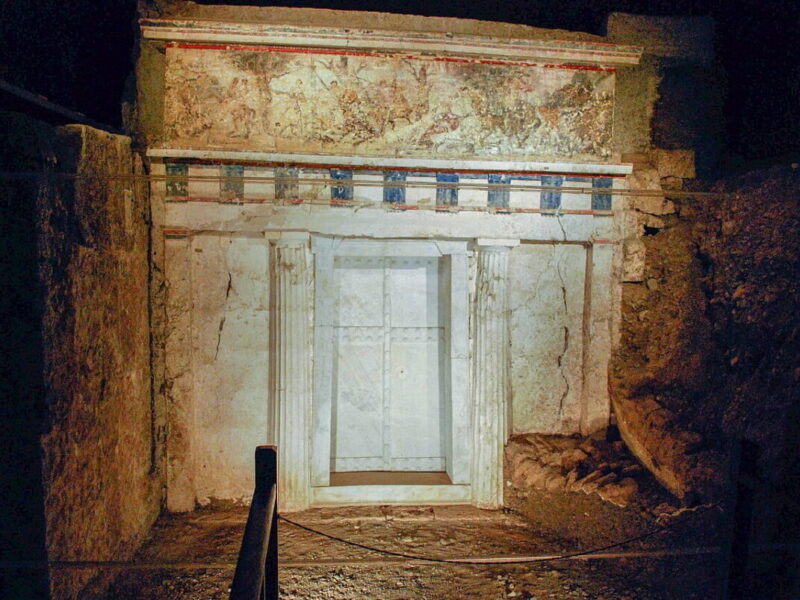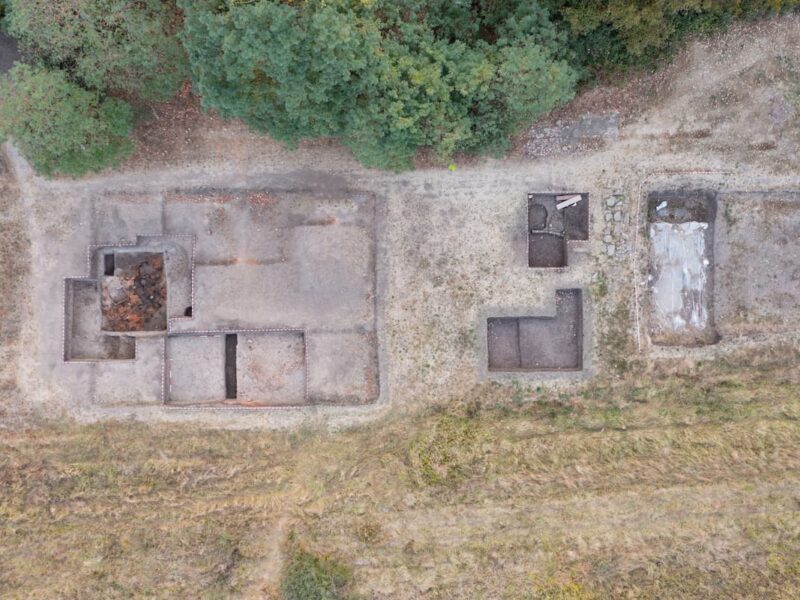The Royal Tombs of Vergina in northern Greece date back to the 4th century BC and are believed to belong to members of the Argead dynasty of Macedonia, including King Philip II and his son Alexander the Great. The debate over the identity of the occupants has continued since their discovery in 1977.
The tombs, named Royal Tombs I, II, and III, were found inside the Great Tumulus in Vergina by archaeologist Manolis Andronikos. Initially, the occupant of Tomb II was identified as Philip II, based on a supposed injury to the eye of the male skull. However, subsequent studies proved this interpretation to be incorrect.
Tomb I, smaller and looted, contained the remains of a man, a woman, and a newborn. The age and sex of the man, estimated between 45-50 years, match those of Philip II. The woman, about 18 years old, corresponds to Cleopatra, Philip II’s last wife. The newborn baby would confirm to be their child.
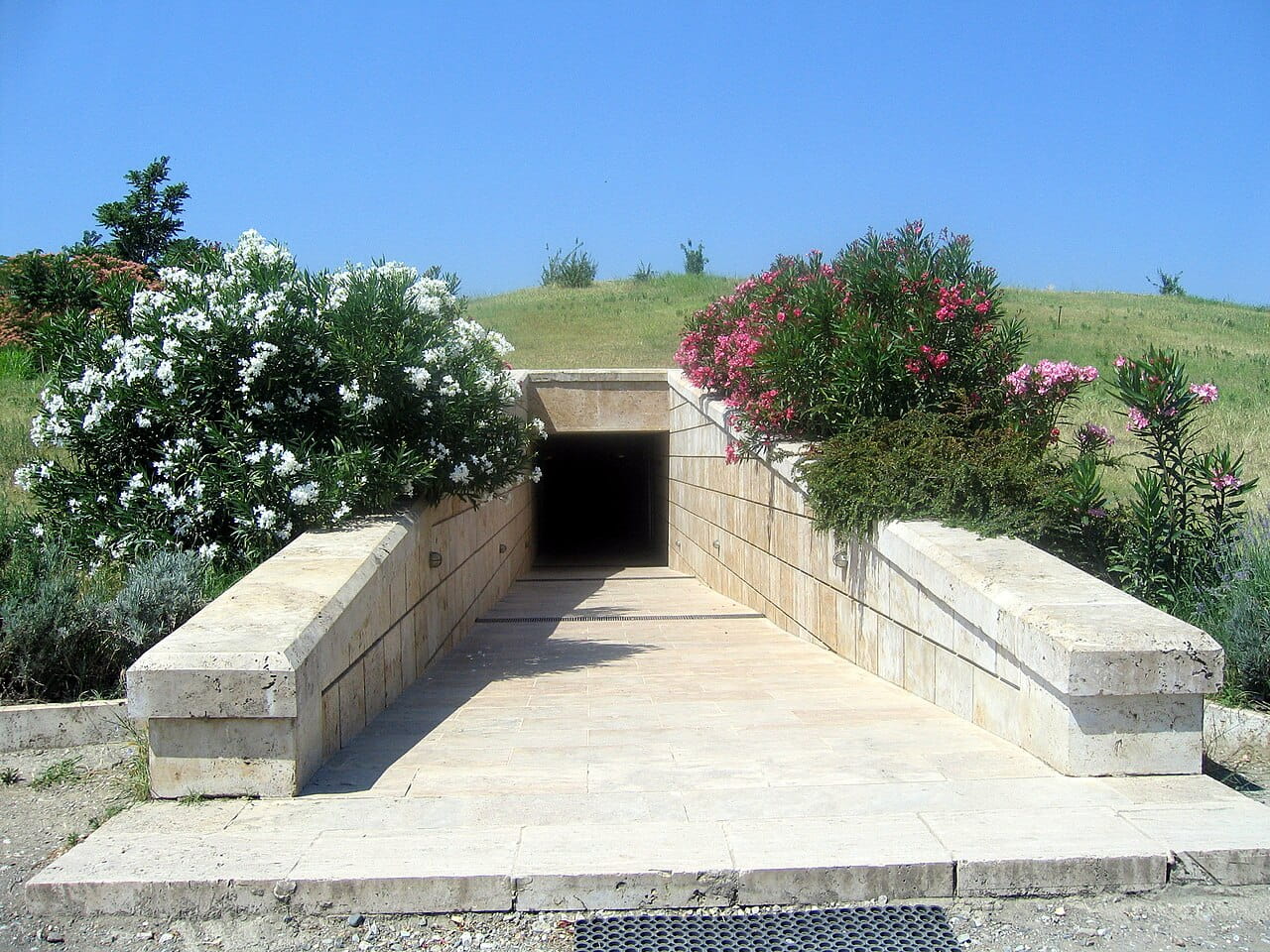
A fusion in the knee of the male skeleton in Tomb I is consistent with the limp that was described for Philip II after a spear wound to the leg. No injuries were found in the male skeleton of Tomb II, which is consistent with the occupant being mentally weak Arrhidaeus, Alexander the Great’s half-brother.
Tomb II, intact and sumptuous, contained two sarcophagi with incinerated male and female remains. The age of the male, about 40 years, matches Arrhidaeus. No newborn baby was found. Military objects in the antechamber suggest that the woman was the warrior Eurydice, Arrhidaeus’ wife.
Tomb III is attributed to Alexander IV, son of Alexander the Great, based on the estimated age between 14-17 years.
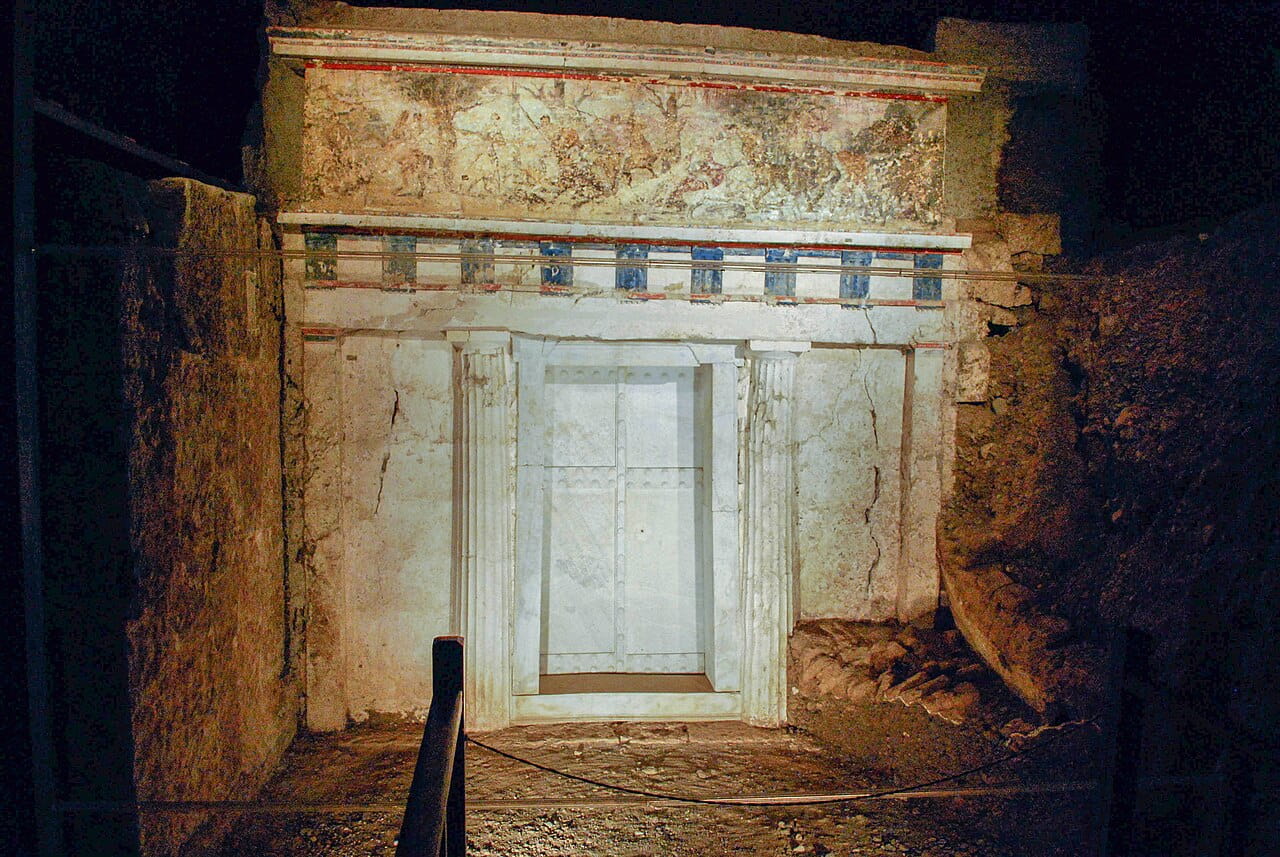
In conclusion, Tomb I would belong to Philip II, Cleopatra, and their baby, while Tomb II to Arrhidaeus and Eurydice. This refutes the traditional attribution of Tomb II to Philip II. Some artifacts in it could have belonged to Alexander the Great.
The debate continues, but the new paleopathological evidence of fused knees and the absence of cranial trauma supports the hypothesis of Philip II in Tomb I and Arrhidaeus in Tomb II.
Supporters of the traditional hypothesis of Philip II in Tomb II argue that there are no ancient sources specifically mentioning an injury to Philip’s knee, but rather to his thigh or leg. They also claim that the injury to the popliteal artery would have caused rapid death after the incident, while Philip survived for many years.
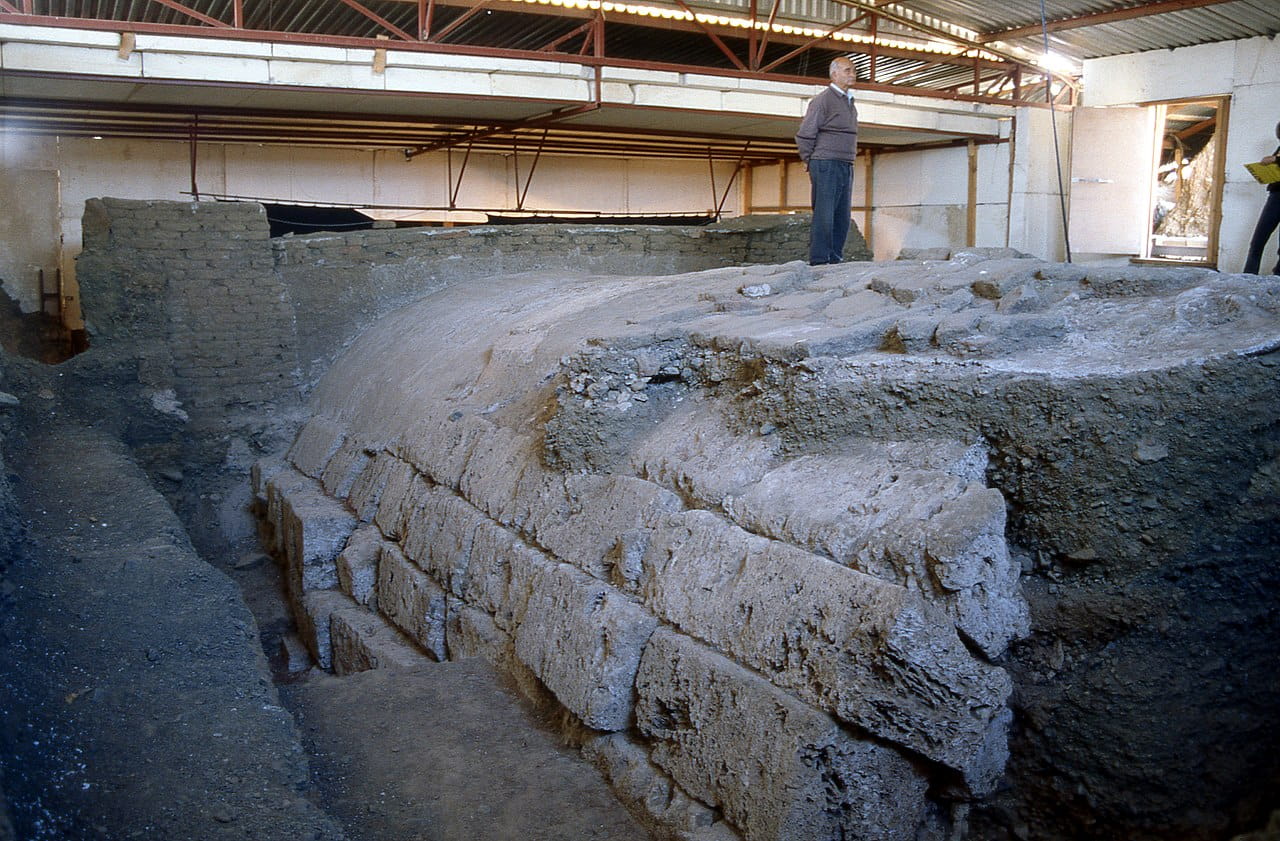
Supporters of the new theory counter that the knee fusion demonstrates a foreign object lodged between the femur and tibia, fitting the account of a spear that killed Philip’s horse. They also point out that the absence of a baby in Tomb II rules out it being that of Philip and Cleopatra.
Other experts have proposed that the occupant of Tomb I could be Philip II’s father, Amyntas III, but this is refuted due to Amyntas’ advanced age at death.
The debate includes whether the warrior in Tomb II could be too old to be Eurydice, although new historical data suggests an appropriate age.
Sources
Antonis Bartsiokas, Juan Luis Arsuaga, Nicholas Brandmeir, The identification of the Royal Tombs in the Great Tumulus at Vergina, Macedonia, Greece: A comprehensive review. Journal of Archaeological Science: Reports, vol. 52, December 2023, 104279. doi.org/10.1016/j.jasrep.2023.104279
Discover more from LBV Magazine English Edition
Subscribe to get the latest posts sent to your email.








